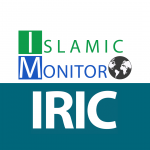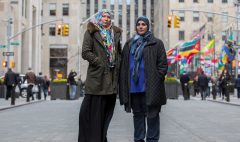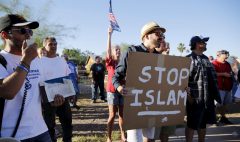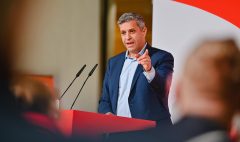Assisi: Praying Together for Peace
October 4, 2016 2023-08-14 11:59Assisi: Praying Together for Peace
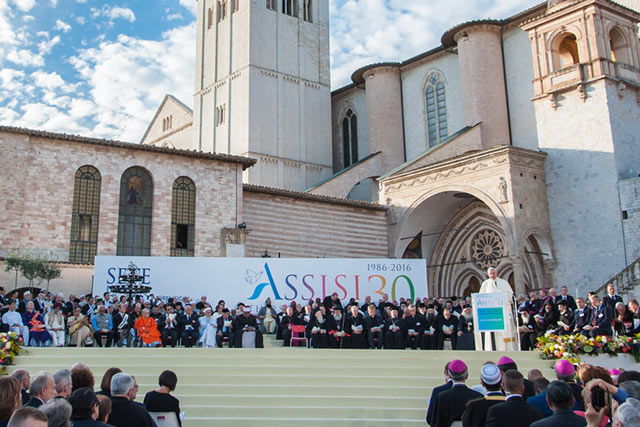
Assisi: Praying Together for Peace
It was an anxious moment in world affairs: October 1986. Demonstrations and tensions marked discord around wide-ranging topics. In an initiative that was at the same time inspiring and admired and intensely controversial, Pope John Paul II invited leading religious leaders from the world’s leading religious traditions to a carefully orchestrated event in Assisi, a symbolic Christian center long linked to the message of St. Francis. The World Day of Prayer for Peace, on October 27, 1986, gathered 160 religious leaders. They spent the day together, fasting and then, individually and side by side, they prayed for peace. Thirty-two Christian religious organizations and eleven other non-Christian world religions participated…The world’s complex tensions are reflected in a steadily widening agenda as the meetings, also termed a Pilgrimage of Peace, have progressed.
Active conflicts, whether in Syria, Iraq, Africa, and Israel/Palestine, are a constant focus. But the conviction that “development is the new name for peace” means that HIV and AIDS, poverty, marginalized groups, hunger, the situation of refugees, and the dangers of climate change are also discussed, in a rich array of panels. And each meeting concludes with witnesses to the harsh realities of conflict, a common declaration of commitment, transmitted through children to world leaders, and lighting candles together as a symbol of hope.
This year was special because it marked the 30th anniversary of the 1986 event. Once again Assisi was the site and a far larger group of religious leaders participated. Assisi offered its special beauty, plus a rainbow during the opening ceremony, followed by a downpour that soaked many participants, and bright sunshine for the closing day. The Ecumenical Patriarch, Bartholomeo of Constantinople, known as the “Green Pope” because of his passionate advocacy for the environment, was a leading participant, among some 600 invited leaders. Other notable leaders included Justin Welby, Archbishop of Canterbury, Olav Tveit, General Secretary of the World Council of Churches, many Catholic Cardinals and bishops, a large Orthodox group, a different Japanese religious leaders, and senior Jewish leaders. The leaders of the Indonesian NU and Mohammadia as well as other Muslim voices were present (unsurprisingly, with no specific single voice).
Read more at: The Berkley Center for Religion, Peace, and World Affairs at Georgetown University

